Table of Contents[Hide][Show]
- Nutrivore Score for Pork Loin – 315
- Pork Loin Nutrition Facts
- Pork Loin Nutrition Varies With Cooking
- Pork Nutrition Varies With Processing
Health Benefits of Pork Loin Nutrients+−
- Pork Loin Provides 82% DV Vitamin B1 (Thiamin)
- Pork Loin Provides 66% DV Selenium
- Pork Loin Provides 21.4 g of Protein
- Pork Loin Provides 31% DV Vitamin B3 (Niacin)
- Pork Loin Provides 31% DV Vitamin B6 (Pyridoxine)
- Pork Loin Provides 118.0 mg of Taurine
- Pork Loin Provides 26% DV Vitamin B12 (Cobalamin)
- Pork Loin Provides 1.4 mg of CoQ10
- Pork Loin Provides 21% DV Vitamin B2 (Riboflavin)
- How Much Pork Loin Should We Eat Per Day?

“Pork. The other white meat.” Well, not really! In actuality, the nutritional definition of red meat is any meat that contains more of the iron-rich protein myoglobin than white meat, with white meat defined as any non-dark meat from poultry or fish. Yes, even though you may have heard pork described as “the other white meat”, scientifically speaking it’s really red. This misnomer came from a clever ad campaign in the 1980s designed to associate pork with what consumers considered healthier meats such as chicken and turkey. Guess you could say the slogan is “hogwash”, though for many this misconception prevails to this day!
Pork is the most widely consumed meat in the world, followed by chicken, and beef.
Pork refers to meat from domestic pig, with domestication occurring around 13,000 BC in Mesopotamia. Today, it is the most widely consumed meat in the world, followed by chicken, and beef. In part this can be attributed to its popularity in China, which is responsible for roughly half of all consumption. In fact, in China it’s so important that the country has developed a “strategic pork reserve” to stabilize prices when supplies run low. On the flip side, pork is prohibited in some religions and cultures and is considered a non-kosher food.
Pork is often paired with apples since pigs were historically slaughtered in autumn, which coincided with apple season.
In addition to consuming various cuts of cooked fresh pork in the form of chops, loin, ribs, roast, shoulder, or ground, this meat is also enjoyed cured in various ways, such as bacon, ham, hot dogs, or sausage to name a few. Prior to refrigeration, curing was useful as a means of preserving the meat, but today it is still carried out simply because of the taste. I mean who doesn’t love bacon? And, if you’re wondering why pork is so often paired with apples, there is actually a reason. Before the advent of factory farms, pigs were slaughtered in autumn, after fattening throughout the summer – which just happens to coincide with apple season! (Yum!)
Nutrivore Score for Pork Loin – 315
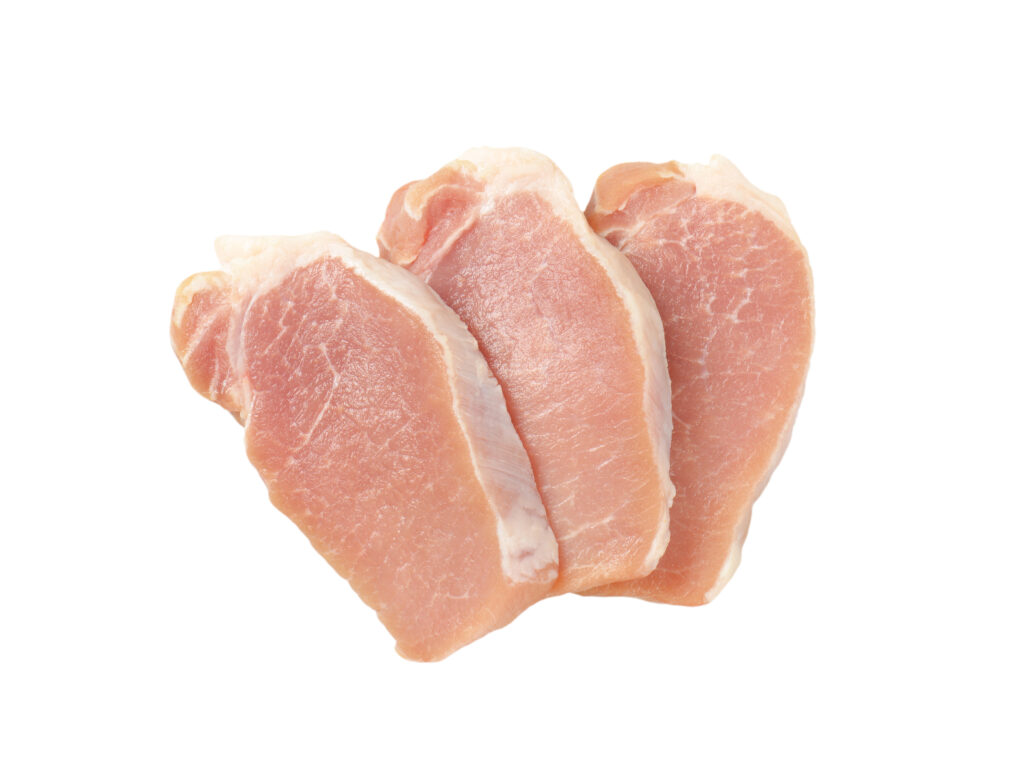
Pork loin has a Nutrivore Score of 315, making it a medium nutrient-dense food! Plus, it is a low-carb food; pork loin has 0 grams of net carbs per 3.5-ounce serving!
Per serving, pork loin is a best source (>50% daily value) of selenium and vitamin B1 (thiamin); an excellent source (20-50% daily value) of coQ10, protein, taurine, vitamin B2 (riboflavin), vitamin B3 (niacin), vitamin B6 (pyridoxine), and vitamin B12 (cobalamin); and a good source (10-20% daily value) of choline, monounsaturated fatty acids (MUFA), phosphorus, vitamin B5 (pantothenic acid), and zinc.
Ditch Diets. Embrace Nutrients. Start with this FREE Guide.
Sign up for the free Nutrivore Newsletter, your weekly, science-backed guide to improving health through nutrient-rich foods — without dieting harder —and get the Beginner’s Guide to Nutrivore delivered straight to your inbox!

Pork Loin Nutrition Facts
One serving of pork loin is standardized to 100 grams (3.5 ounces). When you cook pork loin, it reduces in volume by approximately 30%: 100 grams of raw pork loin is equivalent to 68 grams of broiled or roasted pork loin.
Pork Loin Nutrition Facts Per Serving
| Pork loin, raw | Nutrivore Score: 315 | Nutrient Density: Medium |
|---|---|---|
| Serving Size: 3.5 ounces (100 grams) | Protein: 21.4 grams | Net Carbohydrates: 0.0 grams |
| Calories: 143 | Total Fat: 5.7 grams | Dietary Fiber: 0.0 grams |



| VITAMINS | ||
|---|---|---|
| Vitamin A | 2.0 μg RAE | 0% DV |
| Vitamin B1 (Thiamin) | 989.0 μg | 82% DV |
| Vitamin B2 (Riboflavin) | 267.0 μg | 21% DV |
| Vitamin B3 (Niacin) | 4.9 mg | 31% DV |
| Vitamin B5 (Pantothenic Acid) | 0.8 mg | 16% DV |
| Vitamin B6 (Pyridoxine) | 527.0 μg | 31% DV |
| Vitamin B7 (Biotin) | 2.6 μg | 9% DV |
| Vitamin B9 (Folate) | 5.0 μg | 1% DV |
| Vitamin B12 (Cobalamin) | 0.6 μg | 26% DV |
| Vitamin C | 0.6 mg | 1% DV |
| Vitamin D (D2 + D3) | 0.5 μg | 3% DV |
| Vitamin E | 0.2 mg | 1% DV |
| Vitamin K | 0.0 μg | 0% DV |
| Choline | 75.6 mg | 14% DV |
| Myo-Inositol | 30.0 mg | ~ |
| CoQ10 | 1.4 mg | ~ |
| FUNCTIONAL FATS | ||
|---|---|---|
| MUFA | 2.6 g | 13% DV |
| ALA | 20.0 mg | 1% DV |
| EPA + DHA | 0.0 mg | 0% DV |
| CLA | 3.4 mg | ~ |
| Linoleic Acid | 0.5 g | 3% DV |
| MCT’s | 0.0 g | ~ |
| MINERALS | ||
|---|---|---|
| Calcium | 17.0 mg | 1% DV |
| Copper | 62.0 μg | 7% DV |
| Iodine | ~ | ~ |
| Iron | 0.8 mg | 5% DV |
| Magnesium | 23.0 mg | 5% DV |
| Manganese | 12.0 μg | 1% DV |
| Phosphorus | 211.0 mg | 17% DV |
| Potassium | 389.0 mg | 8% DV |
| Selenium | 36.1 μg | 66% DV |
| Sodium | 52.0 mg | 2% DV |
| Zinc | 1.8 mg | 17% DV |
| PHYTONUTRIENTS | ||
|---|---|---|
| Carotenoids | 0.0 μg | ~ |
| Polyphenols | 0.0 mg | ~ |
| Phytosterols | 0.0 mg | ~ |
| Glucosinolates | ~ | ~ |
| Thiosulfinates | ~ | ~ |
| Betalains | ~ | ~ |
| AMINO ACIDS & PEPTIDES | ||
|---|---|---|
| Taurine | 118.0 mg | ~ |
| Ergothioneine | 0.2 mg | ~ |

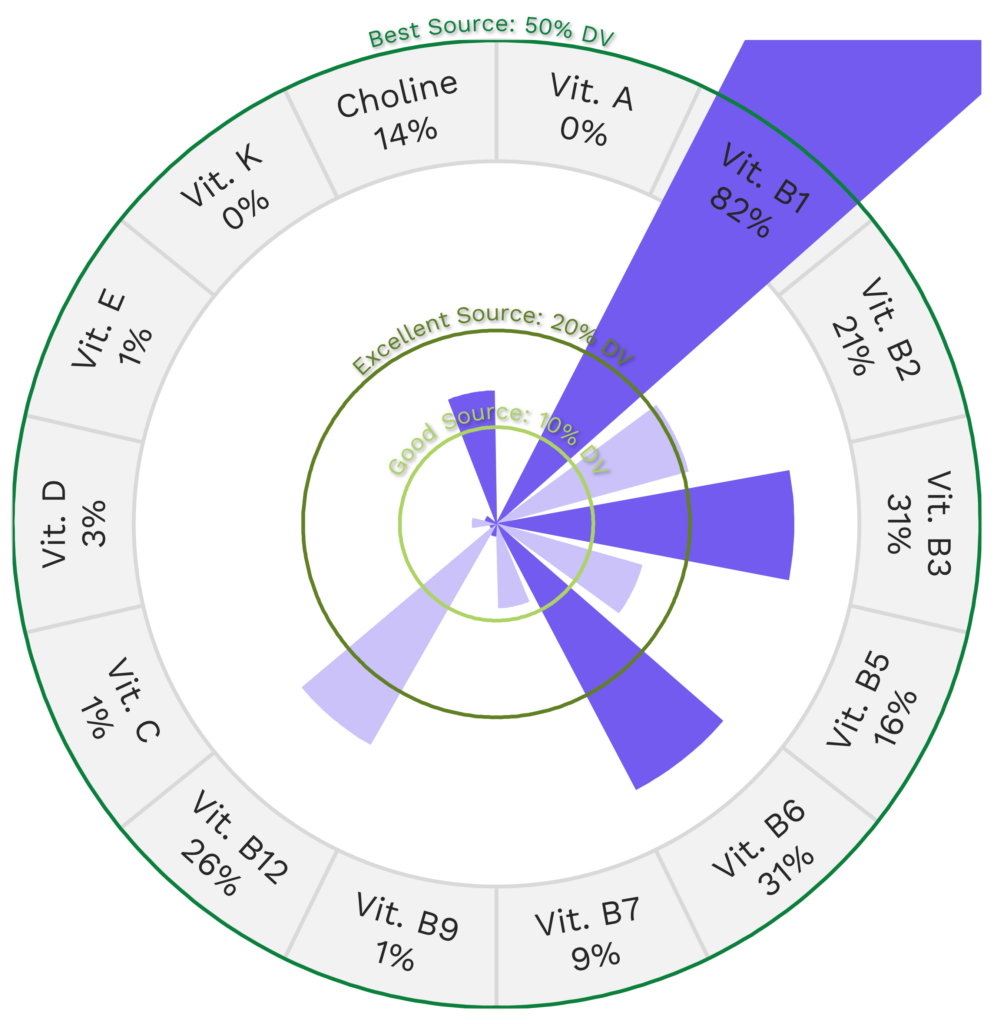
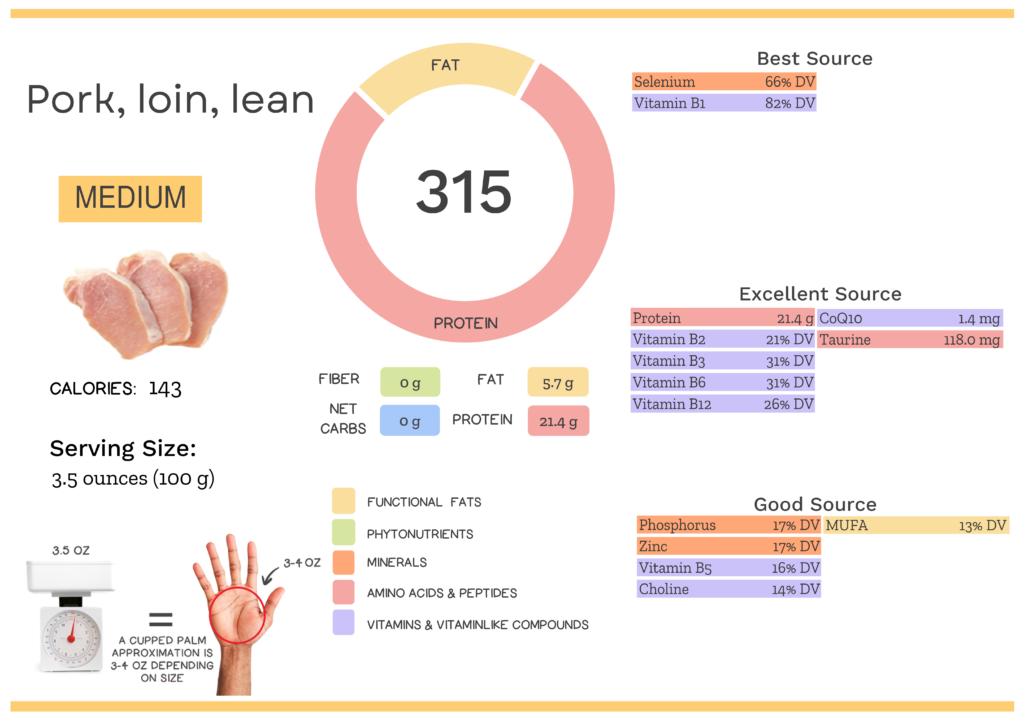
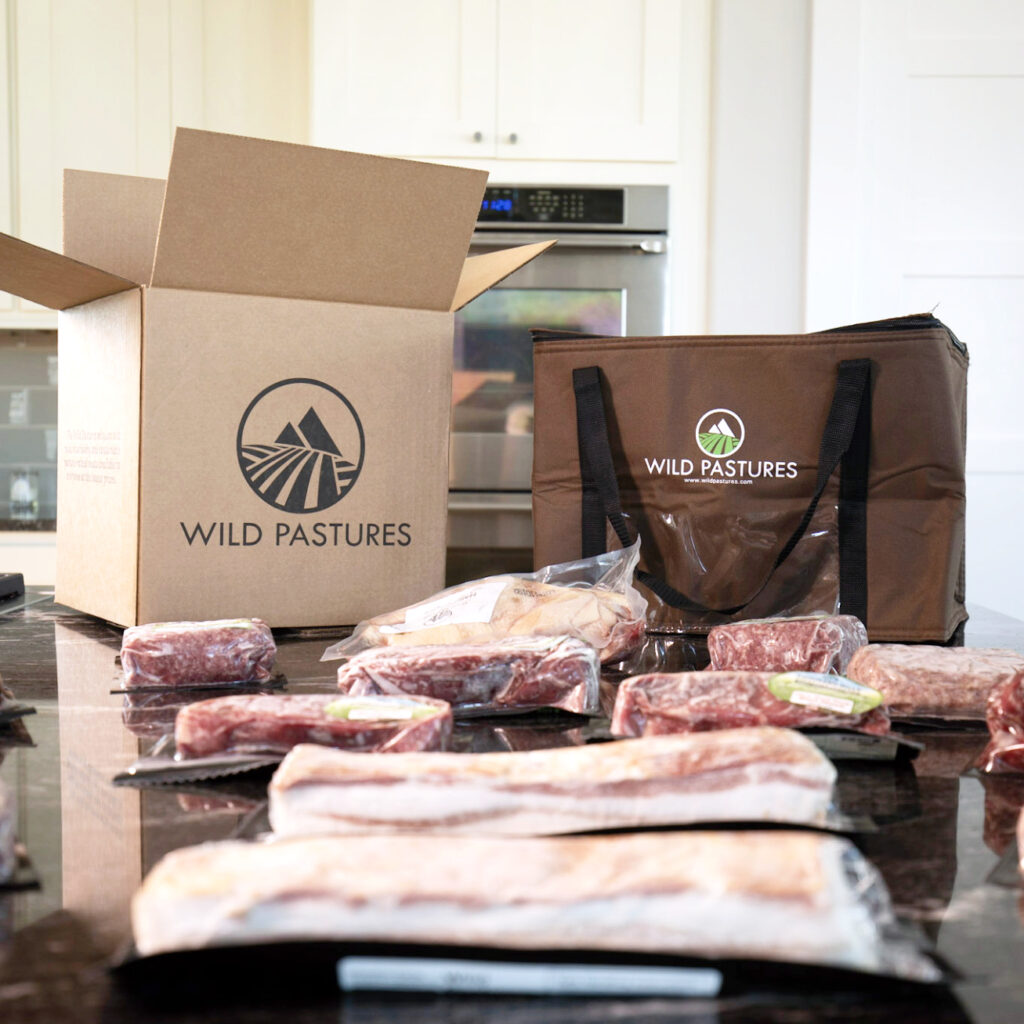
Quality Meat and Seafood
- 100% grass fed and finished beef, pasture-raised pork, pasture-raised chicken and wild-caught seafood
- Raised on regenerative family farms in the USA
- Fast delivery from our farms to your door
- Save 20% off for life, plus $15 off your first box, no coupon required
Pork Loin Nutrition Varies With Cooking
Pork loin is a popular ingredient in the kitchen and can be prepared in numerous ways, resulting in different flavors and Nutrivore Scores.
| NUTRIVORE SCORE | |
|---|---|
| Pork loin, whole, separable lean only, cooked, braised | 236 |
| Pork loin, whole, separable lean only, cooked, broiled | 256 |
| Pork loin, whole, separable lean only, cooked, roasted | 252 |
| Pork loin, whole, separable lean only, raw | 315 |
Pork Nutrition Varies With Processing
The Nutrivore Score of pork differs based on processing. Within any animal, vitamin and mineral content vary, which means nutrient density varies between cuts of meat. Butchering therefore has a huge impact on the Nutrivore Score of different cuts of pork, of which there are many! Especially significant is the difference between organ meat and ‘muscle’ meat. Not only does the portion of the animal being consumed affect the nutrient profile, but also important is the fat content.
| NUTRIVORE SCORE | |
|---|---|
| Pork, bacon, unprepared | 122 |
| Pork, ground, 84%/16%, raw | 213 |
| Pork heart, raw | 977 |
| Pork kidney, raw | 1650 |
| Pork leg (ham), whole, separable lean only, raw | 329 |
| Pork liver, raw | 2483 |
| Pork loin, back ribs, bone-in, lean only, raw | 280 |
| Pork loin, center loin (chops), bone-in, separable lean only, raw | 324 |
| Pork loin, sirloin, chops or roasts, boneless, separable lean only, raw | 352 |
| Pork loin, whole, separable lean and fat, raw | 222 |
| Pork loin, whole, separable lean only, raw | 315 |
| Pork shoulder, whole, separable lean only, raw | 332 |
| Pork, spareribs, separable lean and fat, raw | 143 |
| Pork tenderloin, separable lean only, raw | 425 |
| Pork tongue | 211 |
Surprised pork loin is sow full of nutrition? Maybe your friends will be too!
Health Benefits of Pork Loin Nutrients
Let’s take a closer look at all of the best and excellent source of nutrients found in a 3.5-ounce serving of pork loin and see how they benefit our health.
Pork Loin Provides 82% DV Vitamin B1 (Thiamin)
Pork loin is a best source of vitamin B1 (thiamin), providing 82% of the daily value per 3.5-ounce serving!
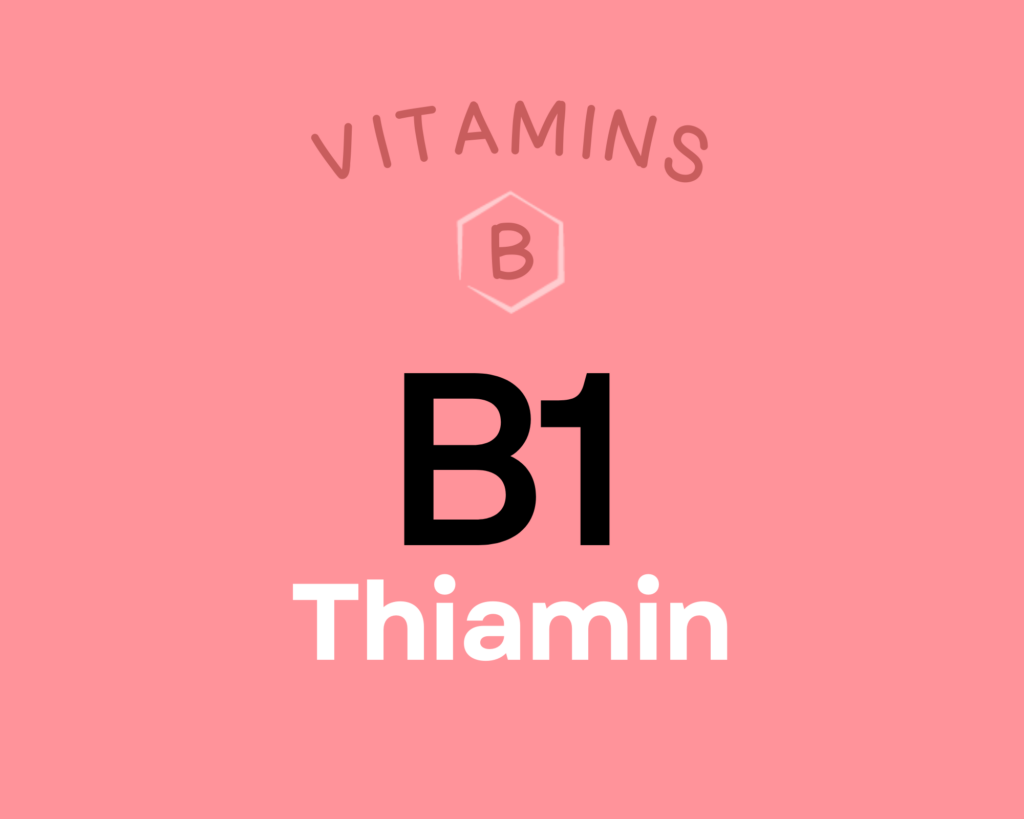
Thiamin (sometimes spelled thiamine, and also called vitamin B1) is a water-soluble vitamin. In its active form of thiamin pyrophosphate, it serves as a cofactor for a variety of enzymes involved in carbohydrate and amino acid metabolism, RNA and DNA production, and generating energy for the Krebs cycle. Research suggests vitamin B1 could help prevent blood sugar and insulin increases in people with disordered glucose metabolism, reduce the risk of cataracts, and improve health and mortality outcomes in patients with sepsis. Because aggressive tumors have high thiamin demands, it’s uncertain whether supplementing with thiamin while having cancer is beneficial due to preventing deficiency, or harmful due to providing more fuel for tumor growth. Insufficient thiamin may increase the risk of Alzheimer’s disease, and when chronic, leads to a deficiency disease called beriberi. Learn more about vitamin B1 here.
Pork Loin Provides 66% DV Selenium
Pork loin is also a best source of selenium, providing 66% of the daily value per 3.5-ounce serving!
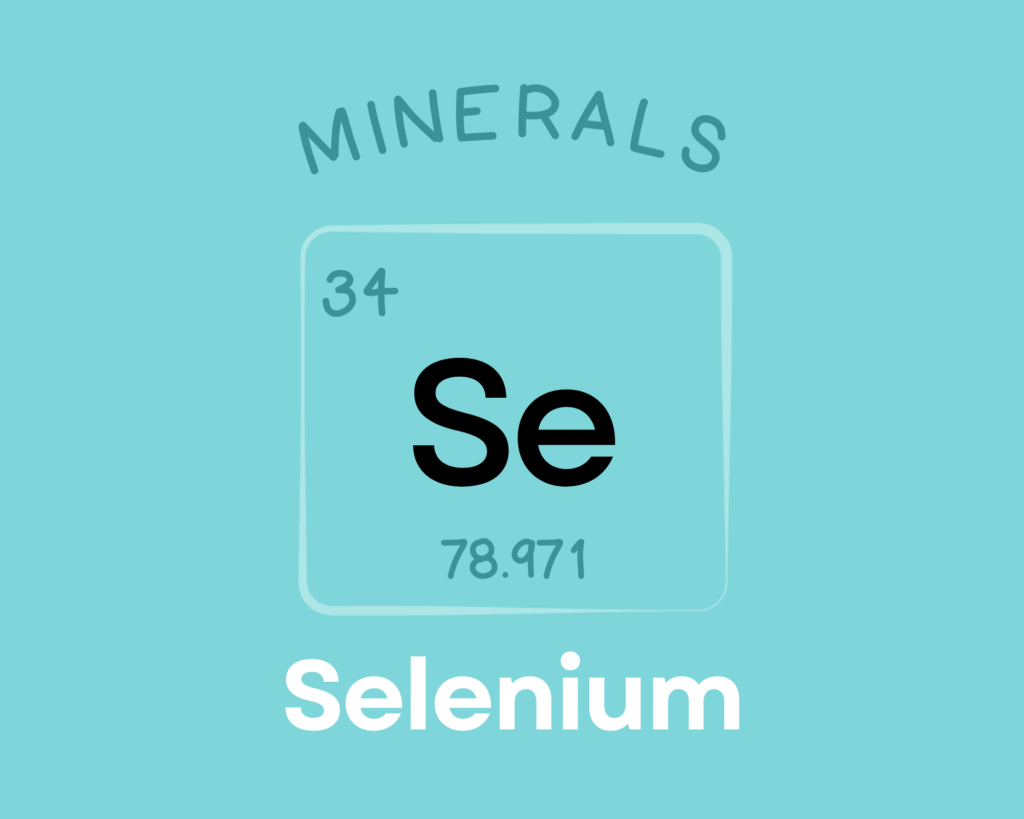
Selenium is a trace mineral needed by all mammals to sustain life. It serves as a component of the non-proteinogenic amino acids selenocysteine and selenomethionine, and also helps form over two dozen selenoproteins involved in reproduction, thyroid hormone metabolism, antioxidant defense, DNA synthesis, and immunity. Observational research suggests selenium could play a protective role against cancer, heart disease, asthma, and inflammatory bowel disease, although human trials have generally been lacking or contradictory. There’s also evidence that selenium can play a preventative role in asthma and inflammatory bowel disease, while also reducing mortality in patients with sepsis. Learn more about selenium here.
Pork Loin Provides 21.4 g of Protein
Pork loin is an excellent source of protein, providing 21.4 g of protein per 3.5-ounce serving!
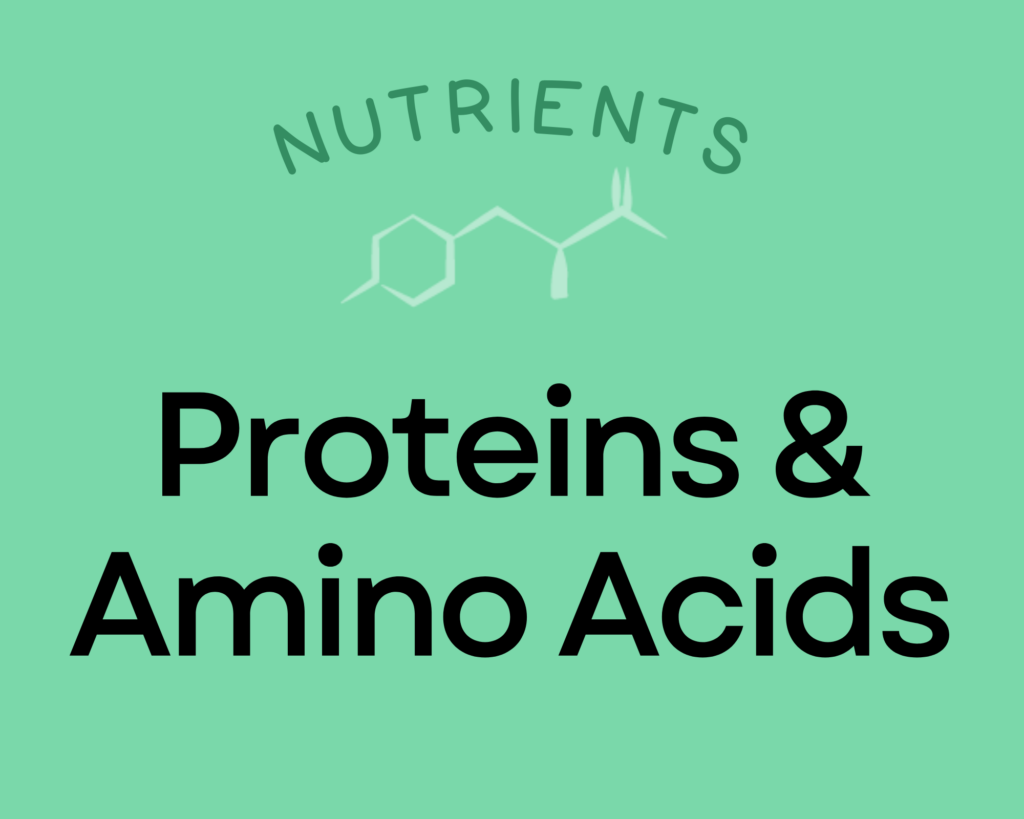
Proteins are the molecules that actually perform most of the various functions of life. In addition to being major structural components of cells and tissues, they have incredibly diverse roles from driving chemical reactions (e.g., enzymes) to signaling (e.g., some types of hormones) to transporting and storing nutrients. Dietary protein is necessary to supply the amino acid building blocks for all of the proteins in our bodies. The recommended daily allowance of protein is 0.36 grams per pound body weight (0.8 grams per kilogram of body weight). That amounts to 56 grams for a 150-pound person. However, it’s important to emphasize that this number is considered a minimum daily allotment, and there is no established upper limit. In fact, many studies have evaluated diets containing three to four times more protein than this minimum and proven benefits to weight management, body composition, hormone regulation, and cardiovascular health. These studies suggest that an optimal protein intake for most people is probably in the range of 1.2 to 1.8 grams per kilogram bodyweight (82 to 122 grams for that same 150-pound person), and that people who are very active may see the best results at even higher intake. Learn more about protein and amino acids here.
Pork Loin Provides 31% DV Vitamin B3 (Niacin)
Pork loin is also an excellent source of vitamin B3 (niacin), providing 31% of the daily value per 3.5-ounce serving!
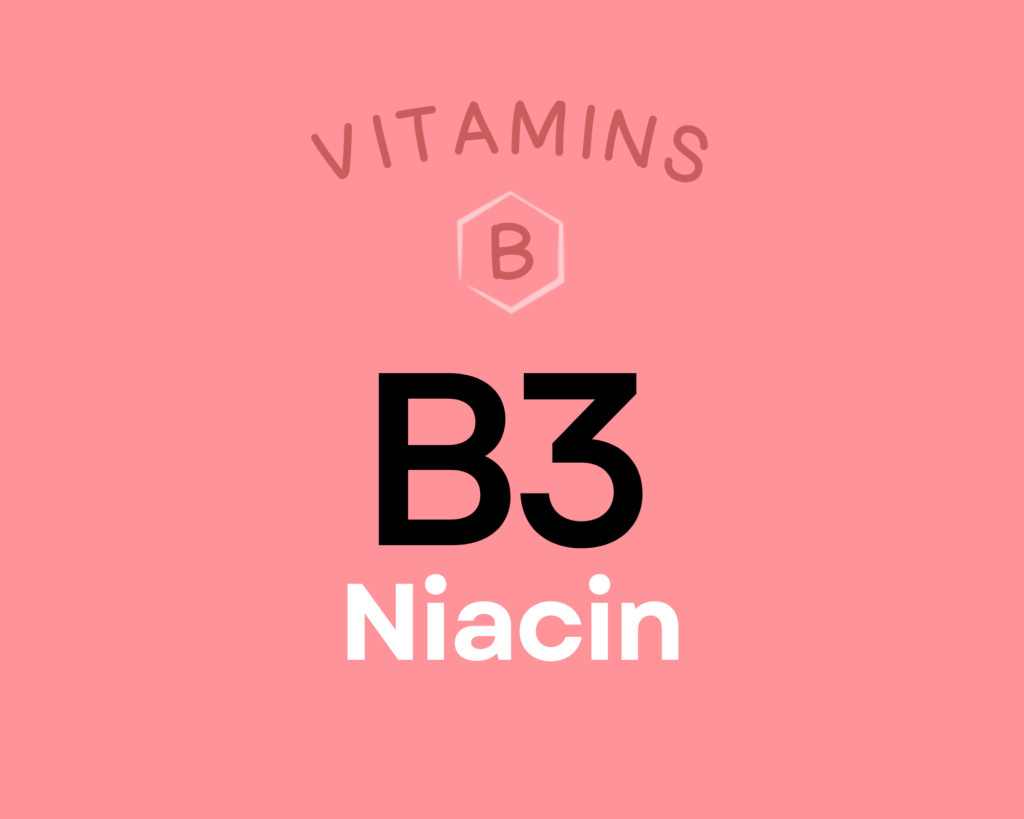
Niacin is a water-soluble B complex vitamin (vitamin B3) that’s needed to produce two very important coenzymes: nicotinamide adenine dinucleotide (NAD) and nicotinamide adenine dinucleotide phosphate (NADP). NAD and NADP are needed for over 400 enzymes involved in DNA repair, fatty acid synthesis, antioxidant systems, detoxification, and hormone synthesis, as well as the breakdown of fat, carbohydrate, protein, and alcohol. Niacin has therapeutic potential for cardiovascular disease and hyperlipidemia, and may also be protective against cancer and type 1 diabetes. Some research suggests it could benefit health outcomes for patients with HIV or schizophrenia as well. Learn more about niacin here.
Pork Loin Provides 31% DV Vitamin B6 (Pyridoxine)
Pork loin is an excellent source of vitamin B6 (pyridoxine), providing 31% of the daily value per 3.5-ounce serving!
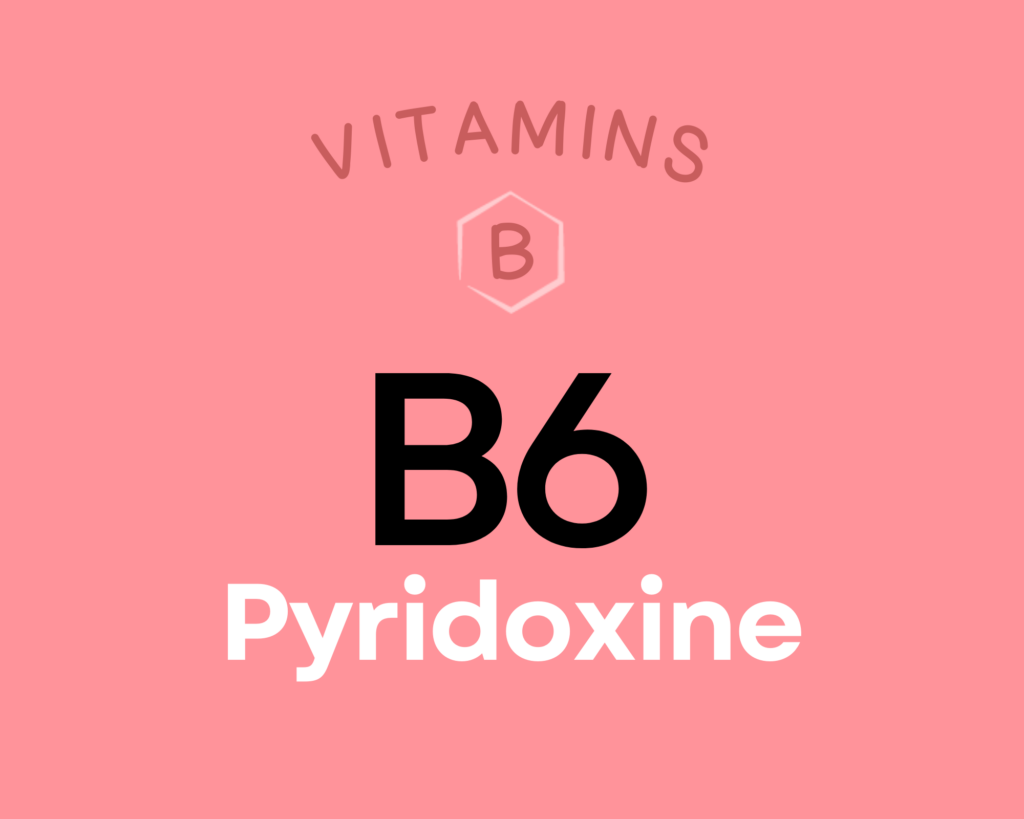
Vitamin B6 (pyridoxine) is a group of six water-soluble compounds with a similar chemical structure, all of which can be converted into their active form of pyridoxal 5’-phospate (PLP). Over 100 different enzymes require vitamin B6 in order to carry out their various functions in protein metabolism, fatty acid metabolism, neurotransmitter production, gluconeogenesis, hemoglobin synthesis, the release of glucose from glycogen, and energy metabolism (particularly the production of ATP in the Krebs cycle). Research suggests vitamin B6 may help protect against cardiovascular disease and certain cancers, could reduce the risk of depression among the elderly, and even reduce symptoms of morning sickness and PMS. Learn more about vitamin B6 here.
Pork Loin Provides 118.0 mg of Taurine
Pork loin is also an excellent source of taurine, providing 118.0 mg of taurine per 3.5-ounce serving!

Taurine is a non-proteinogenic amino sulfonic acid that supports neurological development, serves as a major component of bile (which helps to digest fats), and plays a role in water and mineral regulation within the blood (including through membrane stabilization and calcium signaling). Taurine also regulates the immune system and serves as an important antioxidant, and it plays a role in cardiovascular function and the development of skeletal muscle.
Pork Loin Provides 26% DV Vitamin B12 (Cobalamin)
Pork loin is an excellent source of vitamin B12 (cobalamin), providing 26% of the daily value per 3.5-ounce serving!
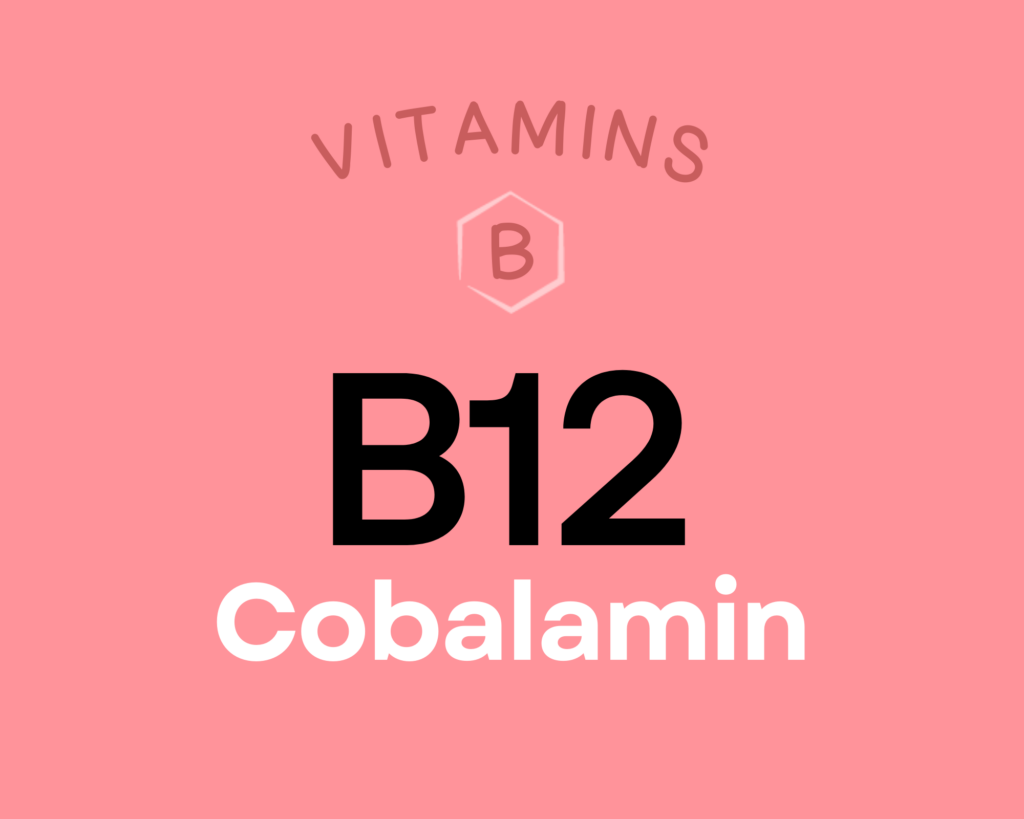
Vitamin B12 (cobalamin) is a water-soluble vitamin that serves as a cofactor for enzymes involved in energy metabolism, red blood cell production, DNA synthesis, neurotransmitter production, nervous system health, and folate metabolism. As a result of these roles, vitamin B12 is vital for maintaining brain and nervous system health, and may have a protective effect against dementia, Alzheimer’s disease, and depression. There’s also some evidence vitamin B12 may be cancer-protective, possibly through supporting folate metabolism (which then assists in repairing DNA damage). Learn more about vitamin B12 here.
Pork Loin Provides 1.4 mg of CoQ10
Pork loin is also an excellent source of coQ10, providing 1.4 mg of coQ10 per 3.5-ounce serving!
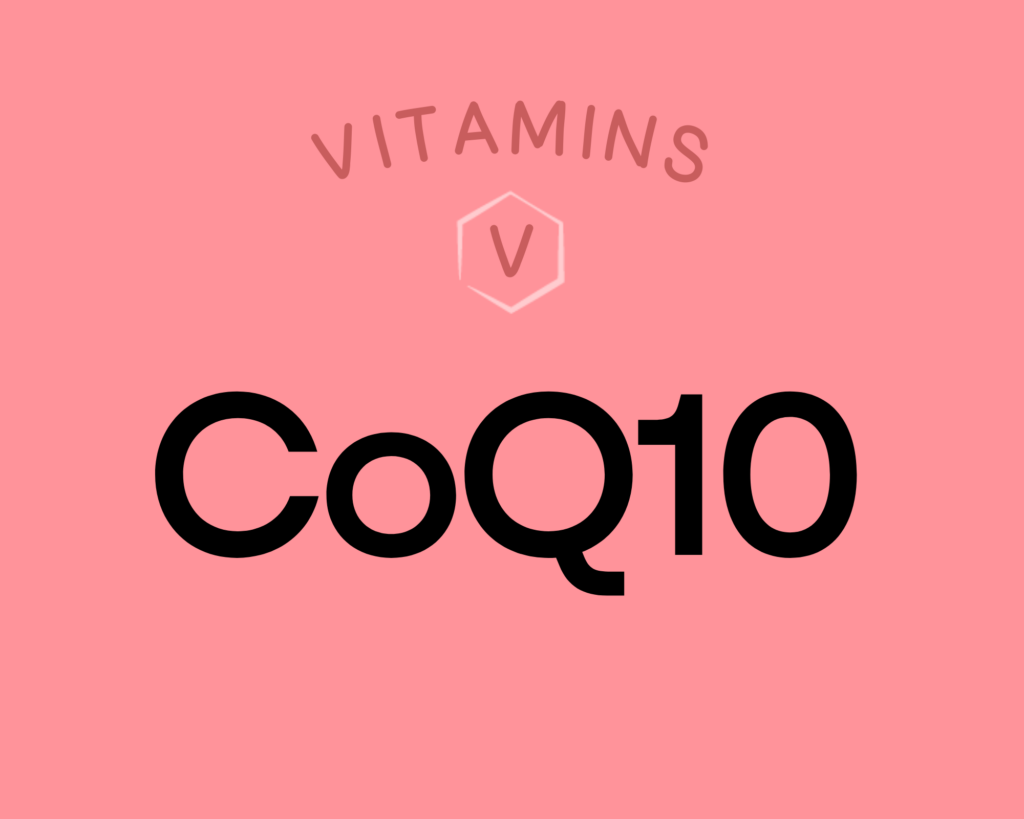
Ubiquinone is the oxidized form and ubiquinol is the reduced, more bioavailable form of the vitaminlike compound coenzyme Q10 (coQ10). CoQ10 is a potent antioxidant and a cofactor in the electron transport chain for the production of ATP. It may be helpful in treating or preventing heart and blood vessel conditions, diabetes, gum disease, muscular dystrophy, chronic fatigue syndrome, and breast cancer. Sources include beef, pork, mackerel, yellowtail fish, and chicken; it’s also found in smaller amounts in vegetables like broccoli and herbs like parsley. Learn more about coQ10 here.
Pork Loin Provides 21% DV Vitamin B2 (Riboflavin)
Pork loin is an excellent source of vitamin B2 (riboflavin), providing 21% of the daily value per 3.5-ounce serving!
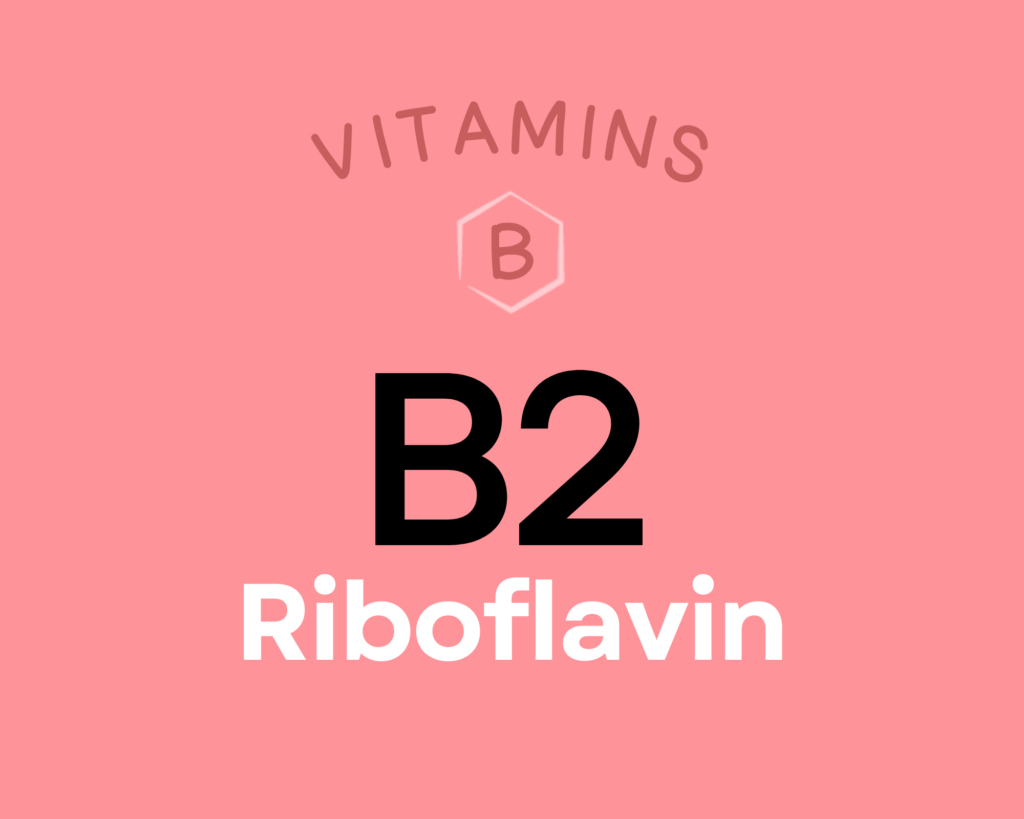
Riboflavin (or vitamin B2) is a vitamin that helps form two important coenzymes involved in oxidation-reduction reactions: flavin mononucleotide (FMN), and flavin adenine dinucleotide (FAD). Collectively, these coenzymes are involved in antibody production, energy production, growth and development, skin and hair health, and the metabolism of several other nutrients (vitamin B6, niacin, folate, and iron). Research suggests a role for riboflavin in preventing or treating migraine headaches, cardiovascular disease, cataracts, and preeclampsia during pregnancy. It also possesses some anti-cancer properties due to its involvement in folate metabolism and MTHFR activity. Learn more about vitamin B2 here.
Learn What Foods Are the Best Sources of Every Nutrient

The Top 25 Foods for Every Nutrient
The Top 25 Foods for Every Nutrient e-book is a well-organized, easy-to-use, grocery store-friendly guide to help you choose foods that fit your needs of 43 important nutrients while creating a balanced nutrient-dense diet.
Get two “Top 25” food lists for each nutrient, plus you’ll find RDA charts for everyone, informative visuals, fun facts, serving sizes and the 58 foods that are Nutrient Super Stars!
Buy now for instant digital access.
How Much Pork Loin Should We Eat Per Day?
Even though you may have heard pork described as “the other white meat”, scientifically speaking it’s really red and just like other red meat, it is a valuable food and a great source of easily-digested complete protein.
Proteins are the molecules that perform most of the various functions of life which is why protein deficiency is detrimental to all of the body’s organs and systems, including impacting function of the brain (especially in infants and young children), immune system, gut barrier, and kidneys. Dietary protein is necessary to supply the amino acid building blocks for all of the proteins in our bodies. Physical signs of protein deficiency include edema (swelling), poor musculature, dull skin, thin and fragile hair, and failure to thrive in infants and children.
The Accepted Macronutrient Distribution Ranges (AMDR) were established by the Food and Nutrition Board of the Institute of Medicine using evidence from interventional trials with support of epidemiological evidence that suggest a role in the prevention or increased risk of chronic diseases, and based on ensuring sufficient intake of essential nutrients. The AMDR for protein is 10% to 35% calories from protein.
The recommended daily allowance of protein is 0.36 grams per pound body weight (0.8 grams per kilogram of body weight). That amounts to 56 grams for a 150-pound person. However, it’s important to emphasize that this number is considered a minimum daily allotment, and there is no established upper limit. In fact, many studies have evaluated diets containing three to four times more protein than this minimum and proven benefits to weight management, body composition, hormone regulation, and cardiovascular health. These studies suggest that an optimal protein intake for most people is probably in the range of 1.2 to 1.8 grams per kilogram bodyweight (82 to 122 grams for that same 150-pound person), and that people who are very active may see the best results at even higher intake. Learn more about protein here.
Easily track your servings of Nutrivore Foundational Foods!

The Nutrivore Weekly Serving Matrix
The Nutrivore Weekly Serving Matrix digital resource is an easy-to-use and flexible weekly checklist designed to help you maximize nutrient-density and meet serving suggestions of Nutrivore foundational foods, all without having to weigh or measure your foods!
Includes a 22-page instructional guide and downloadable interactive guides.
Buy now for instant digital access.
cITATIONS
Expand to see all scientific references for this article.
Chin SF, Liu W, Storkson J, Ha Y, Pariza M. Dietary sources of conjugated dienoic isomers of linoleic acid, a newly recognized class of anticarcinogens. Journal of Food Composition and Analysis. 1992 Sept(5):185-197. DOI:10.1016/0889-1575(92)90037-K
Clements RS Jr, Darnell B. Myo-inositol content of common foods: development of a high-myo-inositol diet. Am J Clin Nutr. 1980 Sep;33(9):1954-67. doi: 10.1093/ajcn/33.9.1954. PMID: 7416064.
Ey J, Schömig E, Taubert D. Dietary sources and antioxidant effects of ergothioneine. J Agric Food Chem. 2007 Aug 8;55(16):6466-74. doi: 10.1021/jf071328f. Epub 2007 Jul 6. PMID: 17616140.
Froger N, Moutsimilli L, Cadetti L, Jammoul F, Wang QP, Fan Y, Gaucher D, Rosolen SG, Neveux N, Cynober L, Sahel JA, Picaud S. Taurine: the comeback of a neutraceutical in the prevention of retinal degenerations. Prog Retin Eye Res. 2014 Jul;41:44-63. doi: 10.1016/j.preteyeres.2014.03.001. Epub 2014 Apr 8. PMID: 24721186.
Pravst I, Zmitek K, Zmitek J. Coenzyme Q10 contents in foods and fortification strategies. Crit Rev Food Sci Nutr. 2010 Apr;50(4):269-80. doi: 10.1080/10408390902773037. PMID: 20301015.
USDA Food Central Database: Pork, fresh, loin, whole, separable lean only, raw
Watanabe T, Kioka M, Fukushima A, Morimoto M, Sawamura H. Biotin content table of select foods and biotin intake in Japanese. Int J Anal Bio-Sci. 2014. Vol 2(4):109-125.


